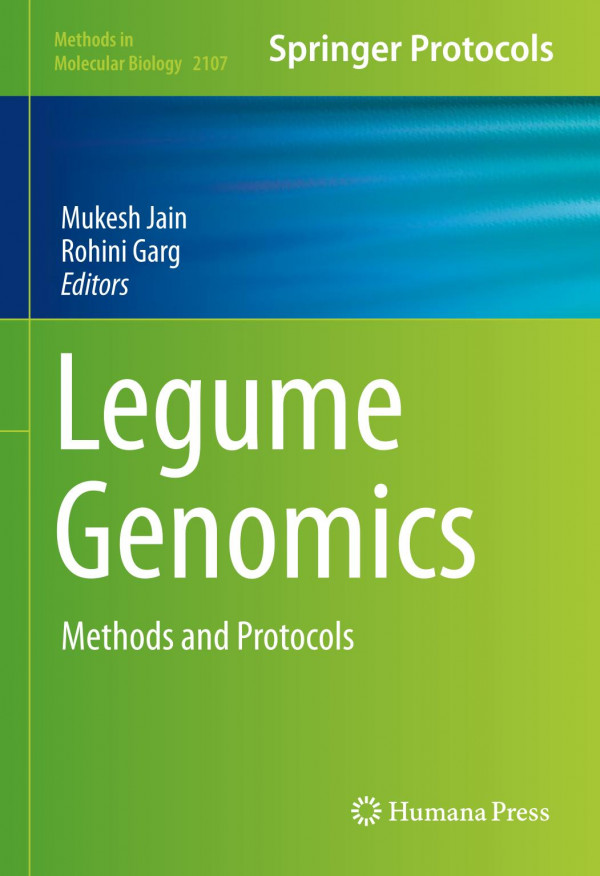

Most ebook files are in PDF format, so you can easily read them using various software such as Foxit Reader or directly on the Google Chrome browser.
Some ebook files are released by publishers in other formats such as .awz, .mobi, .epub, .fb2, etc. You may need to install specific software to read these formats on mobile/PC, such as Calibre.
Please read the tutorial at this link: https://ebookbell.com/faq
We offer FREE conversion to the popular formats you request; however, this may take some time. Therefore, right after payment, please email us, and we will try to provide the service as quickly as possible.
For some exceptional file formats or broken links (if any), please refrain from opening any disputes. Instead, email us first, and we will try to assist within a maximum of 6 hours.
EbookBell Team

4.7
16 reviewsThis volume looks at the latest techniques used by researchers to help them understand the biology of various cellular processes and agronomic traits, and come up with better strategies to improve legume crops. The chapters in this book cover topics such as legume genomic resources; legume pangenome and organelle genome construction; transcriptome analysis; DNA methylation analysis; double-digest restriction site-associated DNA sequencing; target enrichment sequencing via probe capture; genomic selection and transformation methods; prediction of long non-coding RNAs and secondary structures; genome-wide mining of disease resistance gene analogs; genome editing, and bioactive compound and phosphoproteome analysis. Written in the highly successful Methods in Molecular Biology series format, chapters include introductions to their respective topics, lists of the necessary materials and reagents, step-by-step, readily reproducible laboratory protocols, and tips on troubleshooting and avoiding known pitfalls.
Cutting-edge and informative, Legume Genomics: Methods and Protocols is a useful reference for genomicists, molecular breeders, plant molecular biologists, biotechnologists, computational biologists, and developmental biologists. This book is also an excellent resource for any novice and expert researcher involved in various molecular aspects of legume biology or general plant studies.